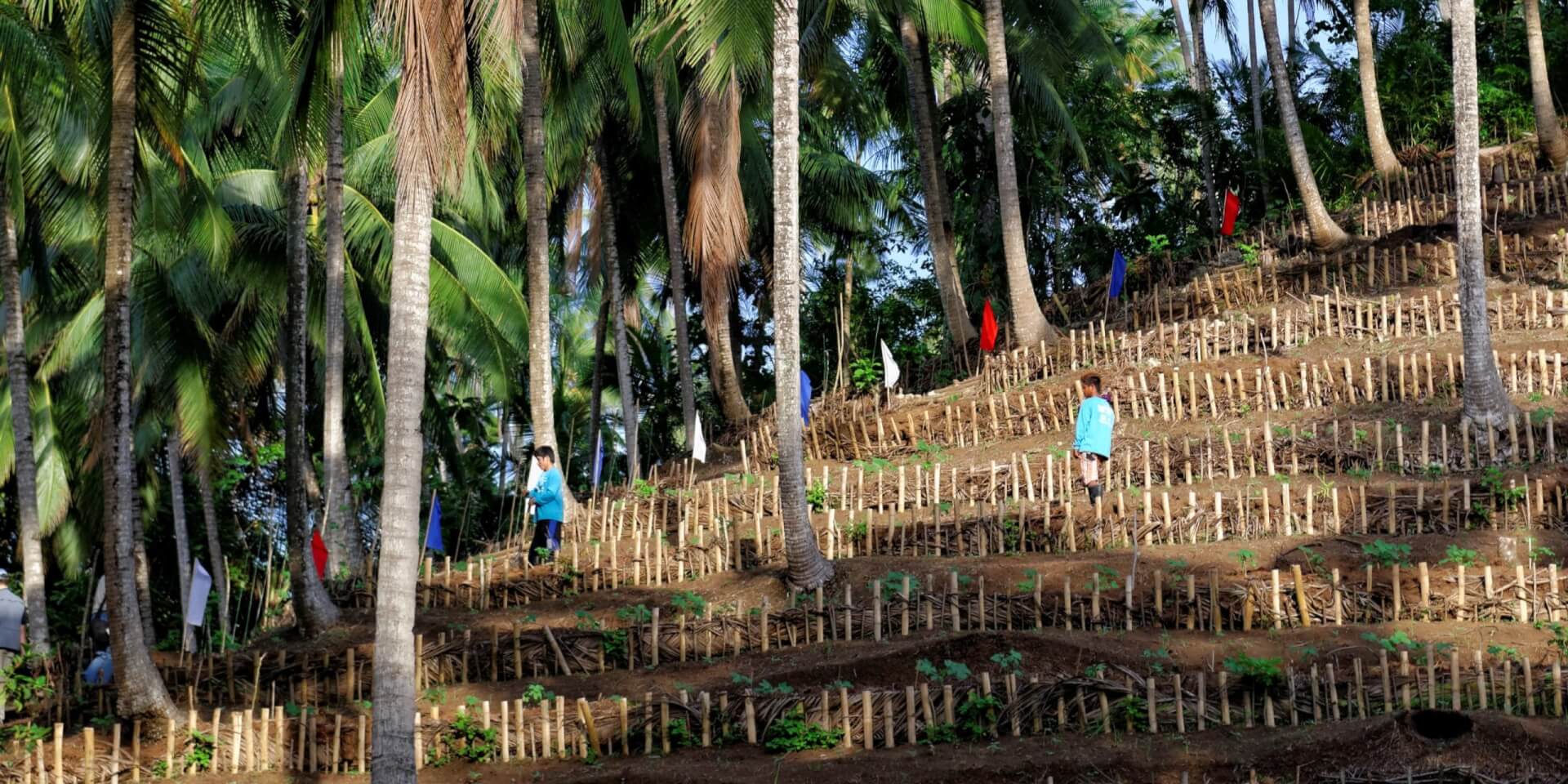
The High-Level Meeting on the Midterm Review of the Sendai Framework for Disaster Risk Reduction 2015-2030 (HLM) is a crucial gathering convened by the President of the General Assembly. Set to take place from 18-19 May 2023 at the United Nations Headquarters in New York, the HLM serves as a platform for Member States, United Nations partners, and stakeholders to reflect on the Midterm Review’s findings and recommendations. It aims to analyze the shifting context and emerging issues since 2015 and identify necessary course corrections and new initiatives.
During the meeting, delegates will discuss ways in which stakeholders can effectively address the systemic nature of risk, and encourage world leaders to engage in strategies that realize the goals of the Sendai Framework, the 2030 Agenda for Sustainable Development, the Paris Agreement, and other relevant agreements.
Against this backdrop, the ISC’s recently published Report for the Mid-Term Review of the Sendai Framework for Disaster Risk Reduction shows how a lack of long-term planning and investment has put the world off track for reducing the impact of shocks and hazards by 2030.
The report highlights key issues regarding nature-based solutions, the importance of addressing displacement caused by climate change, and the need to address mental health issues resulting from disasters. It acknowledges that current development paradigms undervalue nature and undermine sustainable development. Recommendations include redesigning disaster and risk governance, ensuring financing reaches the most vulnerable, improving early warning systems and risk data quality, monitoring vulnerability, enhancing risk communication, and fostering transdisciplinary collaborations.
The report also suggests several key actions for enhancing disaster risk reduction. These include strengthening territorial-level risk governance, aligning financial resources with risk reduction goals, developing community-led nature-based solutions, establishing multi-hazard early-warning systems, improving risk assessment methods, piloting innovative risk communication approaches, and fostering transdisciplinary collaboration between science, policy, and practice.
Co-authors of the ISC report, Roger S. Pulwarty and Charlotte Benson, were mobilized to shed light on critical aspects of disaster risk reduction. In a thought-provoking op-ed, Pulwarty emphasizes the significance of reducing biodiversity loss in the aftermath of natural disasters. He argues that nature-based solutions offer not only environmental benefits but also substantial economic advantages compared to other approaches. Pulwarty suggests that prioritizing nature-based solutions can be a missed opportunity to mitigate the destructive impacts of natural hazards effectively.
Charlotte Benson draws attention to the underinvestment in disaster risk reduction. In her compelling blog, Benson highlights the consequences of neglecting preparedness while facing the mounting costs of recovery and reconstruction. She emphasizes that this underinvestment affects not only individuals and communities but also has wider implications for society as a whole.
In wake of ‘natural’ disasters, not reducing biodiversity loss is a big missed opportunity
Nature based solutions to natural hazard destructions appears to be economically more beneficial than any other solution, says author Roger S. Pulwarty.
Underinvestment in disaster risk reduction comes at cost to us all
Charlotte Benson describes how recovery and reconstruction bills multiply while preparedness is shortchanged.
As the world gathers for the UN High-Level Meeting on the Midterm Review of the Sendai Framework for Disaster Risk Reduction, the International Science Council’s report serves as a wake-up call, highlighting the critical need for long-term planning and investment in disaster risk reduction. The challenges we face in mitigating the impacts of disasters are multifaceted, from biodiversity loss to underinvestment and inadequate preparedness.
However, by embracing nature-based solutions, strengthening risk governance, and prioritizing the most vulnerable, the global community can make significant strides towards achieving the goals of the Sendai Framework and ensure a safer, more resilient future for all.
It is time for global leaders, policy-makers, and communities to come together, heed the warnings of the scientific community, and take decisive action to protect lives, livelihoods, and the planet as a whole.
Hazard Definition & Classification Review: Technical Report
International Science Council and United Nations Office for Disaster Risk Reduction, 2020.
Hazard Information Profiles: Supplement to UNDRR-ISC Hazard Definition & Classification Review – Technical Report
International Science Council and United Nations Office for Disaster Risk Reduction, 2021.
Policy Brief: Using UNDRR/ISC Hazard Information Profiles to manage risk and implement the Sendai Framework for Disaster Risk Reduction
International Science Council, 2022.
Closing the Gap Between Science and Practice at Local Levels to Accelerate Disaster Risk Reduction
International Science Council, 2022.
Systemic Risk Briefing Note
International Science Council, United Nations Office for Disaster Risk Reduction, Knowledge Action Network for Emergent Risks and Extreme Events, 2022.
A Framework for Global Science
International Science Council, United Nations Office for Disaster Risk Reduction, Integrated Research for Disaster Risk programme, 2021
Image: Marcel Crozet / ILO 18-11-2013